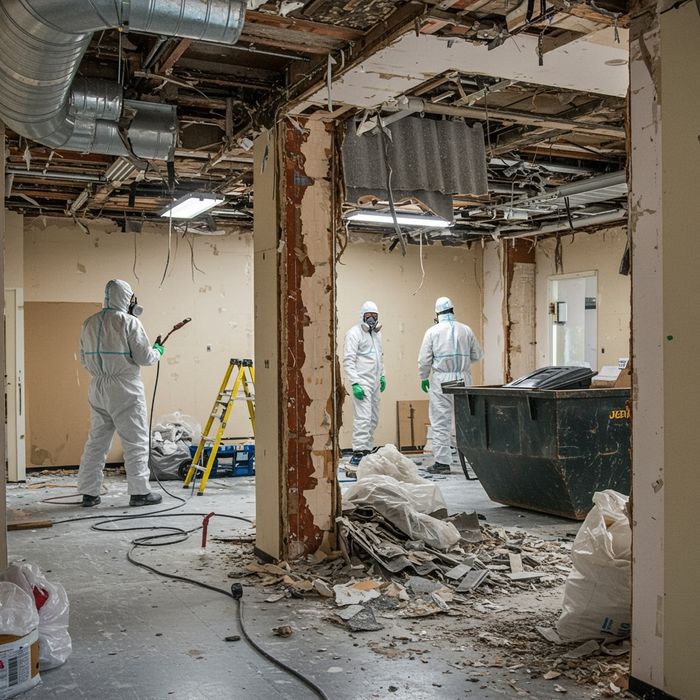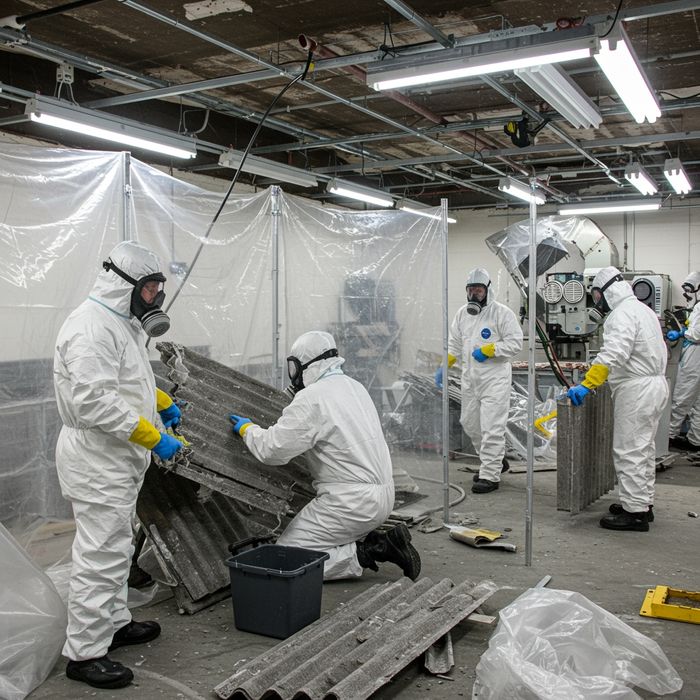When you call a professional for potential asbestos issues, they will follow a strict, systematic procedure.
1. Professional Asbestos Inspection
You can't tell if a material contains asbestos just by looking at it. The first step is always a thorough asbestos inspection by a certified professional. They will visually inspect your property, identify materials that are likely to contain asbestos (such as old insulation, vinyl flooring, "popcorn" ceilings, and pipe wrap), and assess their current condition.
2. Asbestos Testing in NJ
After the visual inspection, the specialist will carefully take small samples of any suspicious materials. These samples are then sent to an accredited laboratory for analysis.
This asbestos testing in NJ is the only way to know for sure if asbestos is present. The lab results will confirm the type and percentage of asbestos, which determines the next steps.
3. Creating the Abatement Plan
Once your New Jersey asbestos testing results are in, a certified abatement contractor like MKD will develop a detailed plan. This plan isn't always "remove everything."
Encapsulation: If the asbestos-containing material is in good condition and unlikely to be disturbed, the plan might involve sealing it with a special coating called an encapsulant. This prevents fibers from becoming airborne.
Asbestos Removal: This is the most common and permanent solution, especially if the material is damaged (friable) or if you are planning a renovation that will disturb it. This is the process most people think of as "abatement."
4. The Abatement & Removal Process
This is where safety and regulations are paramount. A certified asbestos abatement team in NJ will:
Set up a Containment Zone: The entire work area is sealed off with heavy plastic sheeting and equipped with special negative-air pressure machines to ensure no fibers can escape into the rest of your home.
Use Safety Gear: Technicians wear full personal protective equipment (PPE), including respirators and disposable coveralls.
Perform Safe Removal: All asbestos-containing materials are wetted down to minimize dust, then carefully removed, sealed in specialized, labeled bags, and transported to an approved disposal facility.
Final Cleaning & Air Testing: After the removal, the entire containment area is meticulously cleaned with HEPA vacuums. A final air test is often conducted to ensure the air is safe and the job is complete.


